How to Choose the Right Access Equipment
Choosing the right access equipment is a key factor to ensure the safety, efficiency, and successful completion of your project.
This comprehensive guide will help you understand different types of access equipment, their applications, benefits, potential risks, and tips for selecting the most suitable equipment for your task.
Mobile boom lifts
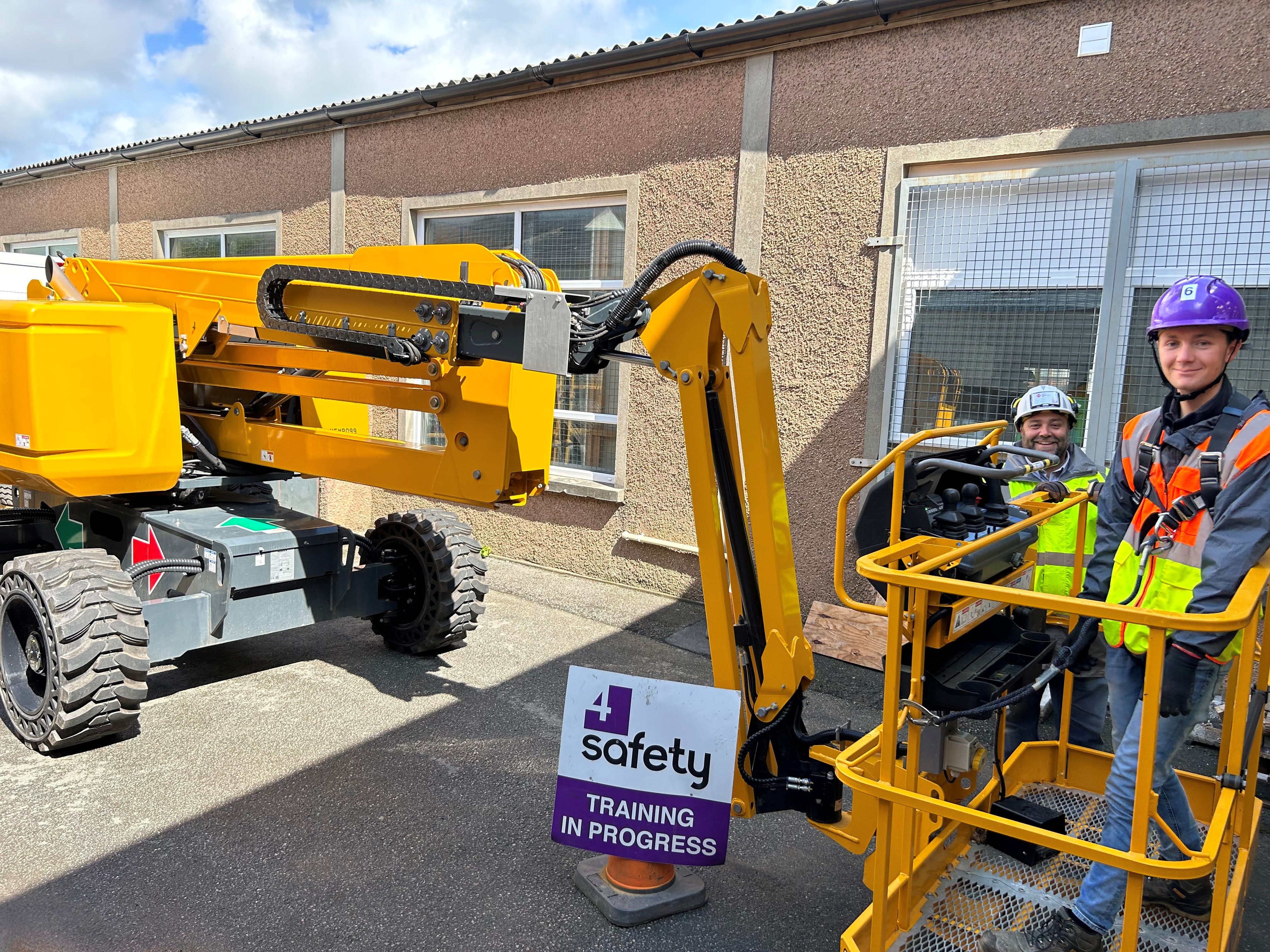
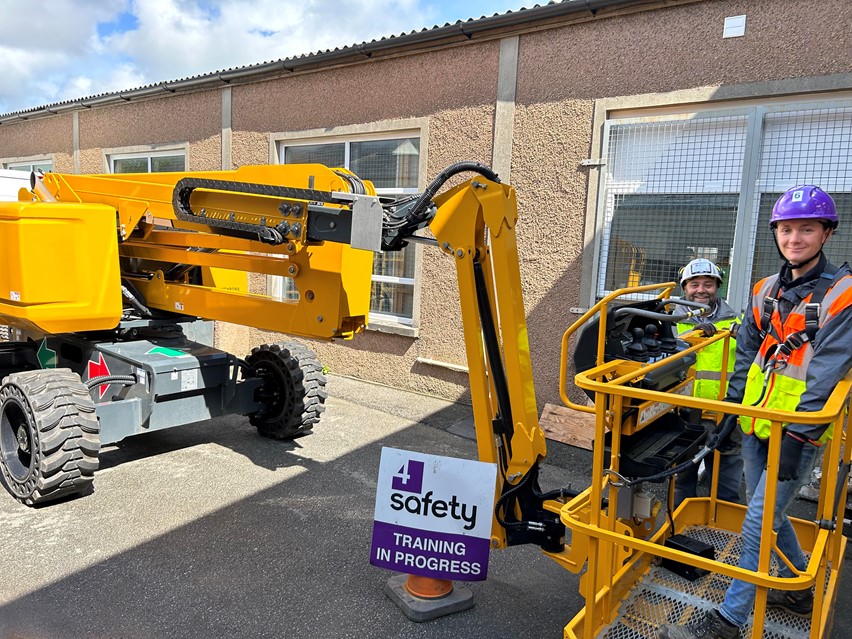
18m Diesel Articulated Boom Lift
Ideal for both outdoor, yard, and warehouse work, mobile self-propelled are great for reaching tricky work areas. Boom lifts give the operator full control over the exact height and positioning and can be used to reach over items.
We have a range of mobile booms that can be driven at height if they are on a firm level surface.
Tracked Boom Lifts
Tracked boom lifts are fitted with tracks to reduce ground pressure, and outriggers to add stability. These are best for uneven, rough terrain, where access is restricted.
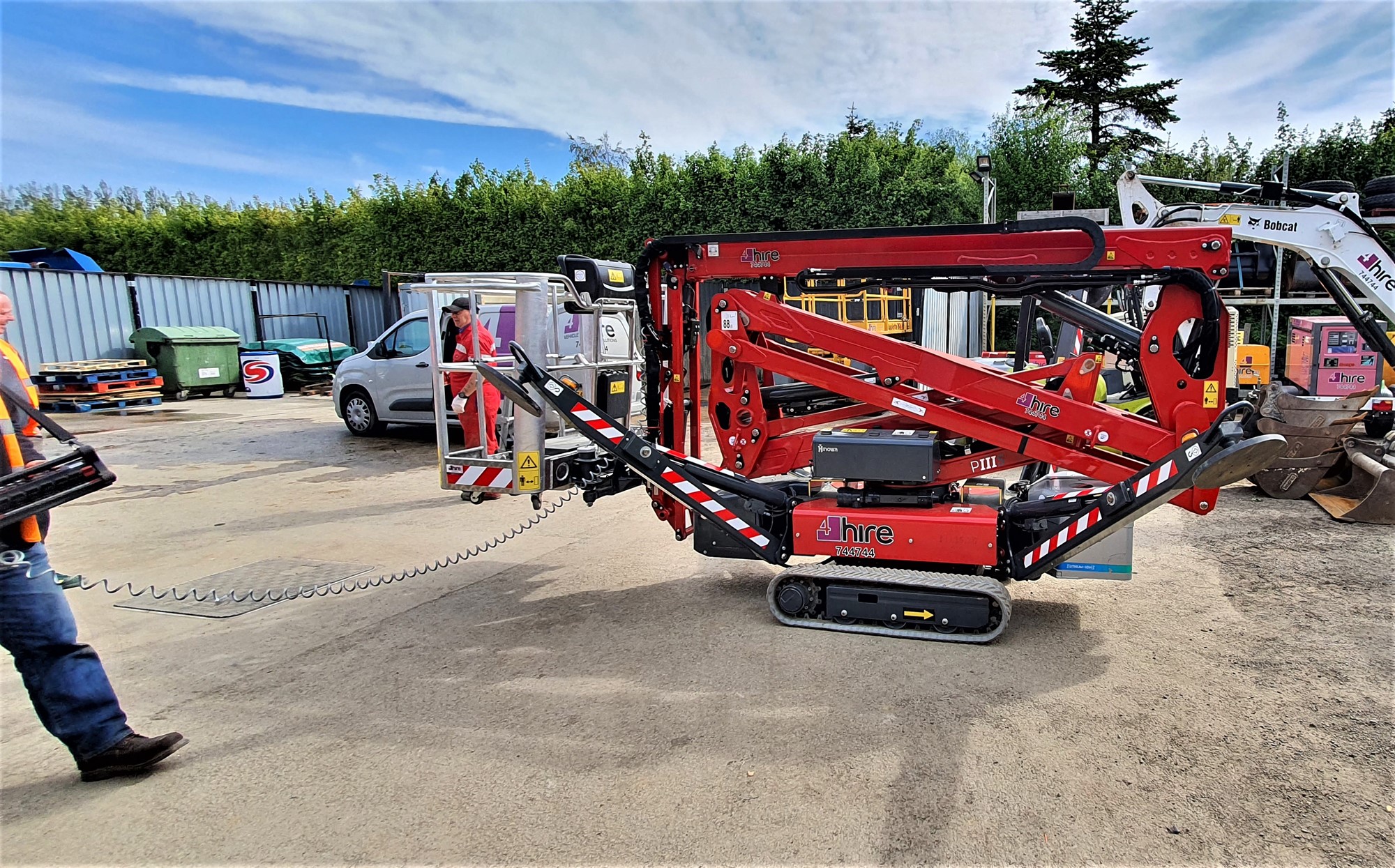
15m Electric Tracked Articulated Boom
Tracked boom lifts are compact and their lightweight design helps them access the most difficult-to-reach jobs.
Truck Mounted Booms
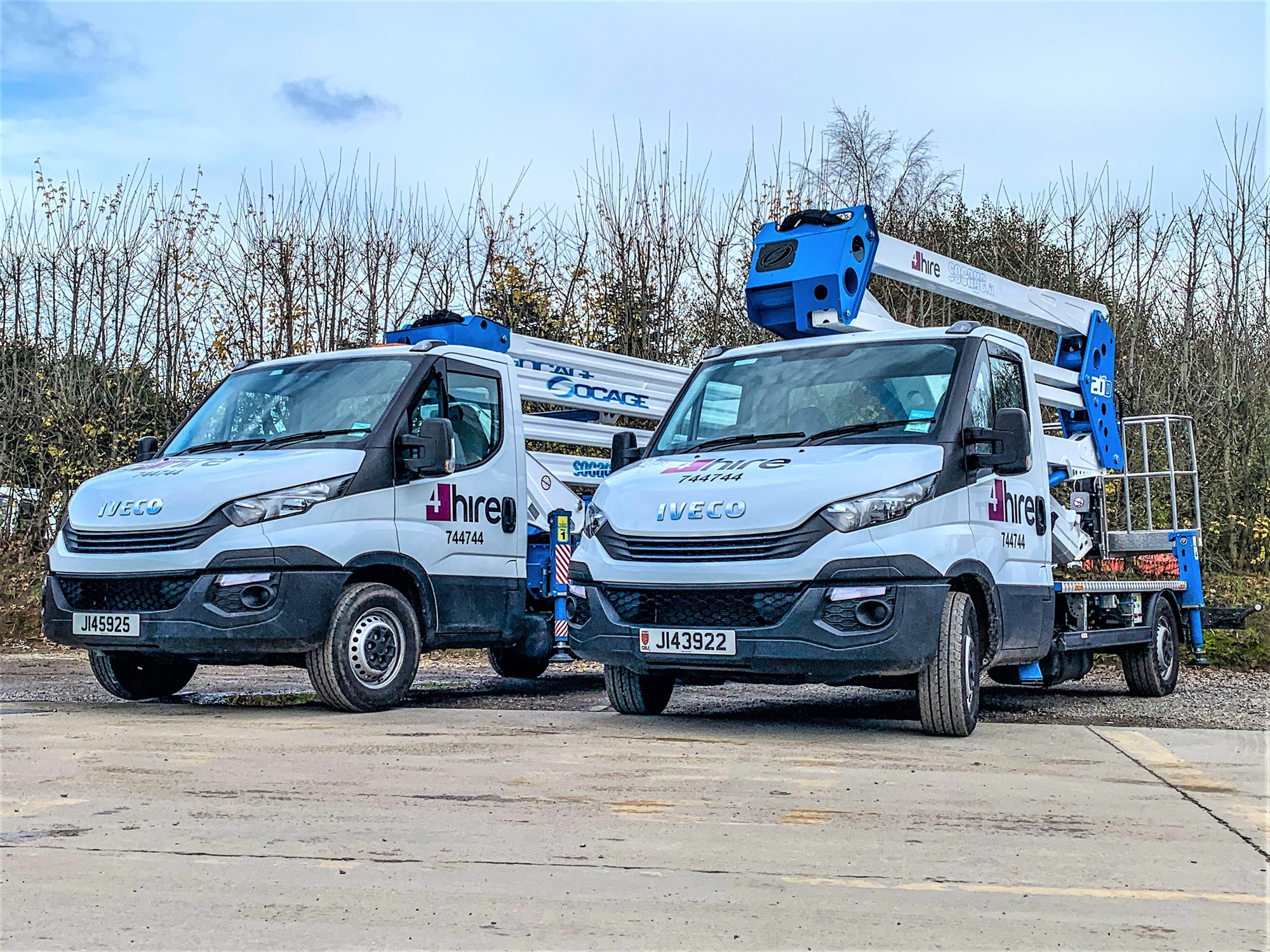
Truck mounted booms can be driven on a car driving licence, enabling a person to go to multiple sites over the period of one hire. Good access and level terrain are required. Our Socage 20m Truck Mounted Booms only require 2.8 metres of vertical clearance to get under archways etc.
Scissor Lifts
Self-propelled scissor lifts are a more compact option than boom lifts. Some models can fit through a standard doorway when the guard rails are lowered.

The platforms can be large and strong enough to hold multiple operators at the same time. They have limited reach as they only have a short roll out deck and lift and lower vertically.
Scissor lifts are available as an all-terrain diesel for use outdoors, or silent electric for indoor use or in low-emission outdoor spaces.
Non-powered Platforms
Push Around Vertical (PAVs) lifts allow users to lift and lower vertically. They are great for anyone working at height as they can easily raise and lower with minimum effort. The lifts are compact in design and light. Some PAV models can be transported in a lift.
Scaffolding Towers
Scaffolding towers are a strong and secure solution for when access is required over an extended period of time. The platform heights of our scaffolding towers go up in half metre increments from 1.2 metres to either 8.2 metres when working outside, or 12.2 metres inside.
Low level access solutions
Podium steps and push-around platforms give you safe and stable access to lower-level heights. You can also use trestles with handrails which support scaffolding boards.
Key questions before you hire access equipment
Think you're ready to hire? Ask yourself these key questions beforehand or speak to our team on 01534 744744.
How long will you be working from height?
Ladders should only be used for works that take less than 30 minutes and non-planned maintenance. Scaffold towers or a scissor lift are a safer and more comfortable solution, which can help deliver the work to higher a standard.
What height will you be working? Do you require horizontal reach?
We have access solutions for most jobs undertaken in Jersey. Figure out the maximum working height you'll require and if you may need to reach out horizontally during the job. These answers will determine whether a scissor, boom or PAV lift is required.
Is the terrain level?
The state of the ground and its condition influence the type of access equipment you will require. If the terrain is uneven, access equipment with outriggers or stabilisers will be more suitable.
Will you be using tools or moving equipment?
If you're going to be using tools at heigh, we recommend hiring something with a large platform. The platform should large enough for you to move around safely and carry all the tools required for the job, reducing the need to travel up and down multiple times.
Any Obstructions in the work area?
If you need to move around whilst working at height, or cross over obstacles, the best option is a Mobile Elevator Work Platform (MEWP).
Are there hazards in the work area?
Common hazards include overhead obstructions like telephone and power cables, as well as soft and uneven terrain, inclines, traffic and adverse weather conditions like extreme wind. All these factors may make one solution more suitable than the other.
What's the access route like?
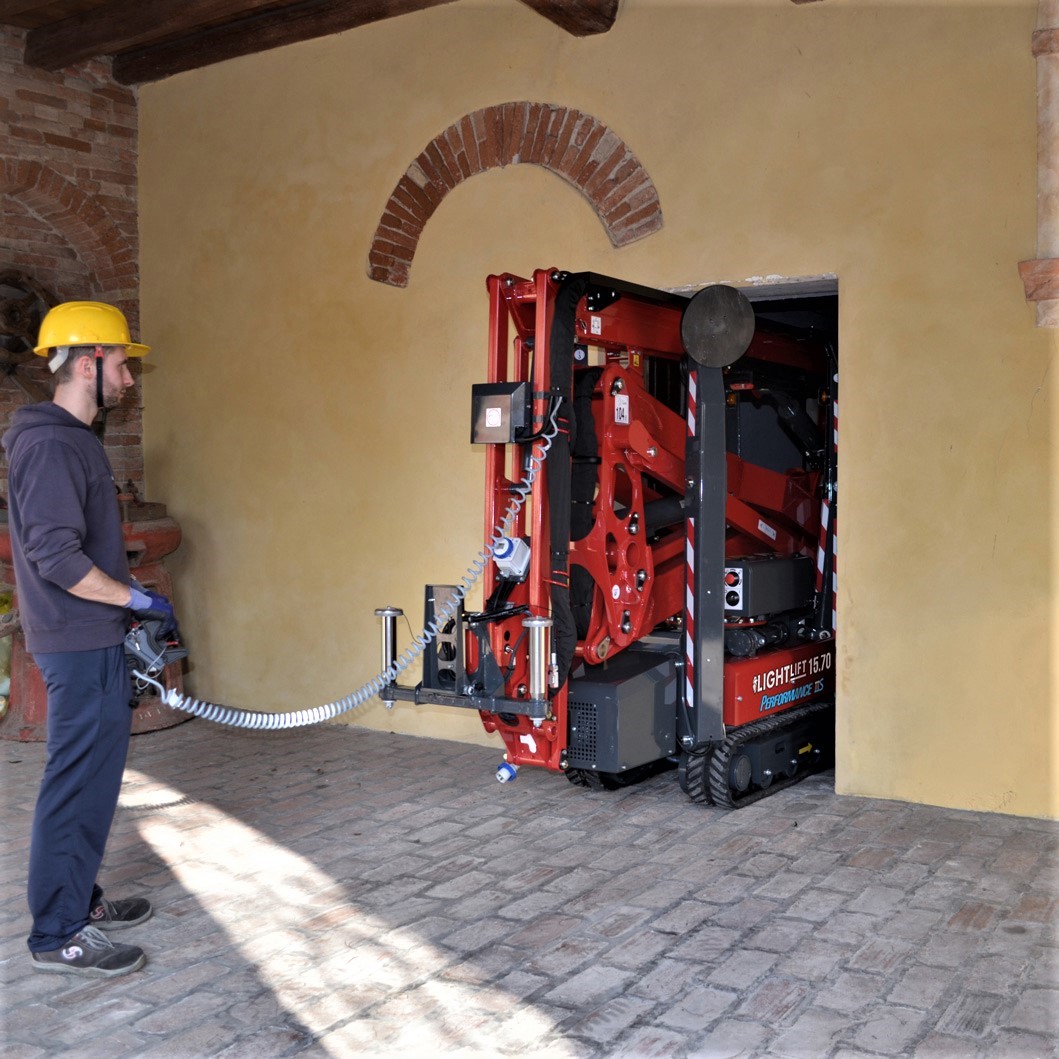
Before hiring measure the minimum height and width of the access route to your work site. If the access equipment will be used on a internal floor, decking, patio etc it's worth finding out the weight loading capacity of the area.
How much working space is available?
Some models require more working space than access, especially models with outriggers. Ensure there's enough space for the operator to access all sides of the machinery.
When working in public areas, you should also consider emissions, traffic requirements and anything else that could negatively affect the public's safety.
Platform height vs working height
Platform height is the vertical distance measured from ground level to the platform floor. Working height is the platform height plus approximately two metres to account for an operator's overhead reach.
Power sources
There are many different ways to power access equipment. Ensure you have access to the correct power sources before making your decision.
Are your operators trained to use the equipment?

Operators under go one of 4Group's working at height training courses
As well as using the correct safety gear (hard hat, boots, gloves and a harness), your operators need to have the correct training before using certain models of access equipment.
We can provide full working at height training for all common types of access equipment.
